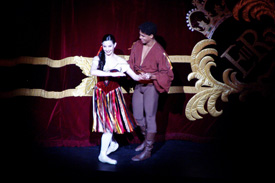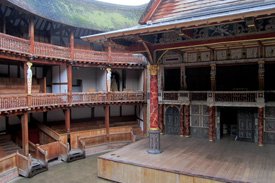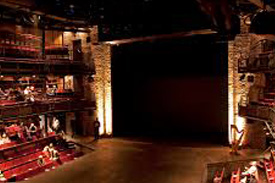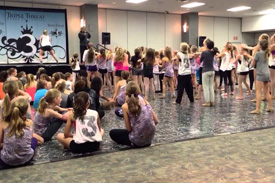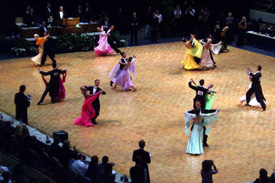 With Strictly fever gripping its audience, it is clear to see the some of the professional dancers have been luckier than others when it comes to their pairings. A successful ballroom dance partnership can never be taken for granted – it involves working together solidly and trusting each other, and is so much more than just avoiding arguments whilst training! The partnership requires equal investment from both sides and a commitment to both personal and professional presence.
With Strictly fever gripping its audience, it is clear to see the some of the professional dancers have been luckier than others when it comes to their pairings. A successful ballroom dance partnership can never be taken for granted – it involves working together solidly and trusting each other, and is so much more than just avoiding arguments whilst training! The partnership requires equal investment from both sides and a commitment to both personal and professional presence.
Communication is key – focus on the steps rather than your partner if something is not going quite to plan. Building resentment in each other will see the end of the partnership, rather than neutralising any comments you need to make. This is in order to keep you both focused on your dancing, and not whether to stay in the partnership. That said, disagreements are natural and are sometimes required to move forwards with the choreography or relationship. They must not, however, become personal and unnecessary.
Your partner is not just your partner, but someone who is able to help you learn more. Each partner has skills, experience and passion that may be similar, but there will always be something that will enhance and benefit the other’s dancing. The partnership will get stronger very quickly when you seek information and ideas of the other to support your own learning. Learning is not only via the steps, but through each other too as your connection increases and reinforces your dance talents. Being able to understand and respond to the feeling and energy of your partner is paramount.
Practising together is of course vital, but practising apart will also help you grow as a couple and develop faster. This means you can work on challenging areas and aid your own skills, such as on specific goals like timing, choreography, technique or a coaches’ feedback. Through this, constructive feedback will help the process, helping you identify your strengths and weaknesses.

